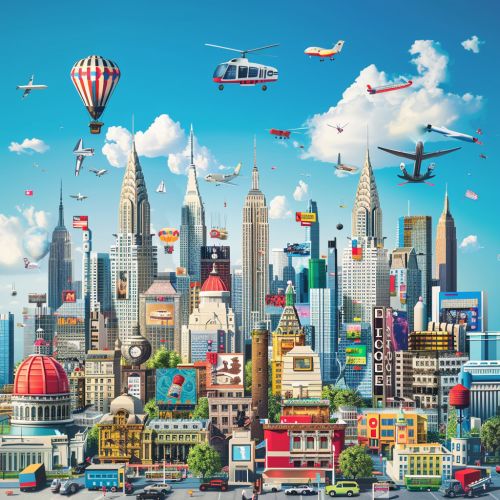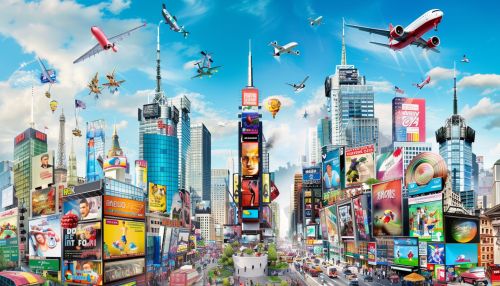Creative Economy
Overview
The creative economy is an evolving concept based on creative assets potentially generating economic growth and development. It can foster income generation, job creation and export earnings while promoting social inclusion, cultural diversity and human development. It involves economic, cultural and social aspects interacting with technology, intellectual property and tourism objectives. It is a set of knowledge-based economic activities with a development dimension and cross-cutting linkages at macro and micro levels to the overall economy.


History
The term "creative economy" was popularized in 2001 by John Howkins in his book The Creative Economy: How People Make Money from Ideas. However, the concept has roots in the cultural economy theories of the 1980s and the creative industries concept of the 1990s. The creative economy is seen as the most rapidly growing sector of the world economy and a highly transformative one in terms of income generation, job creation and export earnings.
Components of the Creative Economy
The creative economy comprises both the cultural and creative industries. The cultural industries include industries that combine the creation, production, and commercialization of contents which are intangible and cultural in nature. These are typically protected by copyright and can take the form of a good or a service. They include architecture, visual and performing arts, publishing, music, film, television, radio and video.
The creative industries, on the other hand, include sectors of the economy that create wealth through the exploitation of intellectual property and include advertising, architecture, arts, crafts, design, fashion, film, music, performing arts, publishing, R&D, software, toys and games, TV and radio, and video games.
Economic Impact
The creative economy has a significant economic impact globally. According to the United Nations Conference on Trade and Development (UNCTAD), the creative economy is one of the most rapidly growing sectors of the world economy. It is highly transformative in terms of income generation, job creation and export earnings. The creative economy can also be a key contributor in promoting cultural expression, dialogue and understanding when cultural goods and services are traded globally.
Challenges
Despite its potential, the creative economy faces several challenges. These include the digital divide, the informal economy, intellectual property rights, the mobility of cultural professionals and artists, and the measurement of the creative economy. Addressing these challenges requires a comprehensive, integrated and balanced approach that takes into account the specificities of the creative economy.
Future of the Creative Economy
The future of the creative economy lies in its ability to adapt and evolve in the face of changing global economic conditions. This includes the rise of digital technology, the increasing importance of the creative industries in economic development, and the need for a more inclusive and sustainable model of economic growth.
